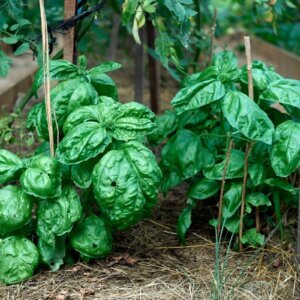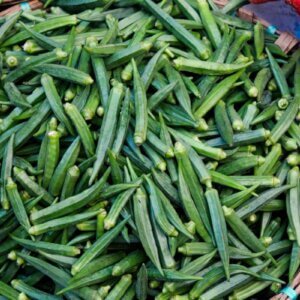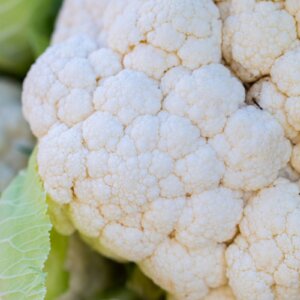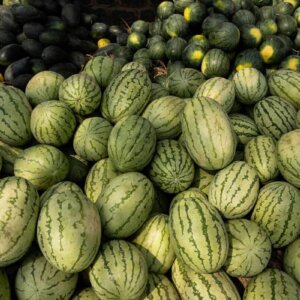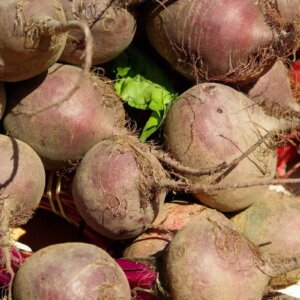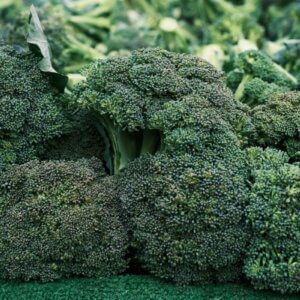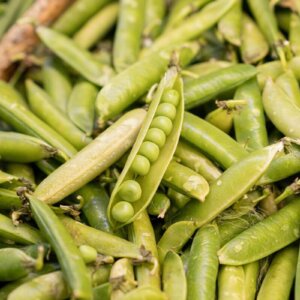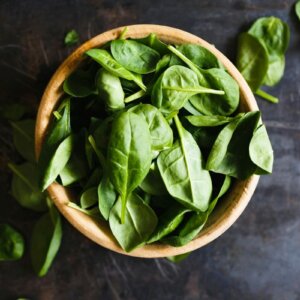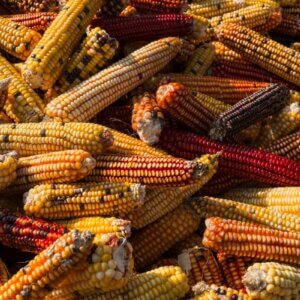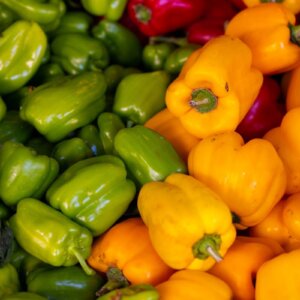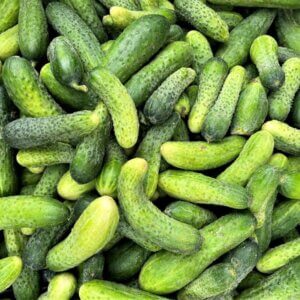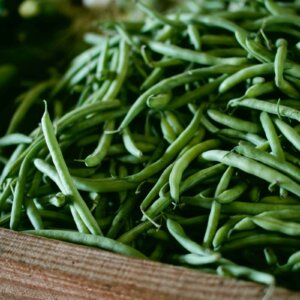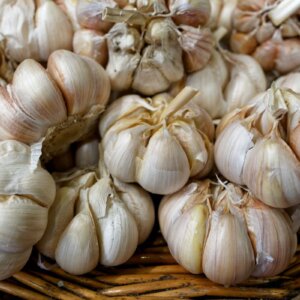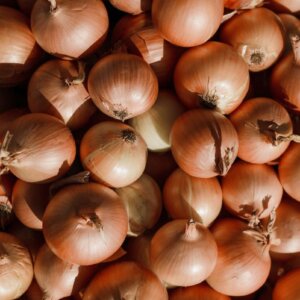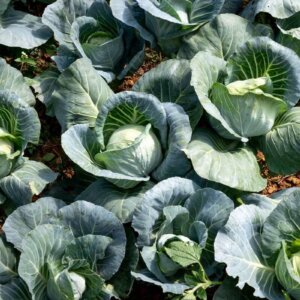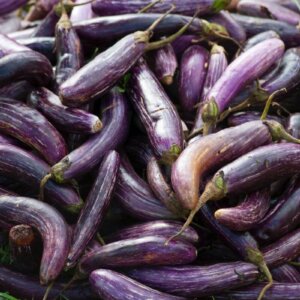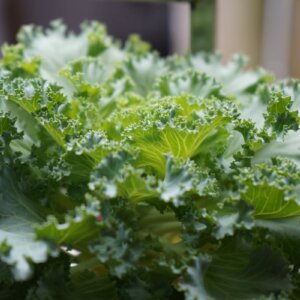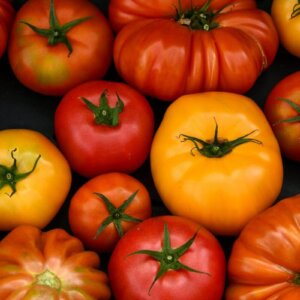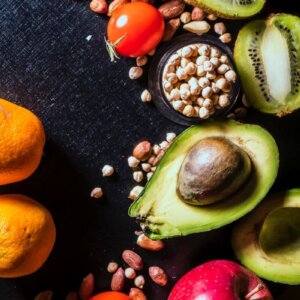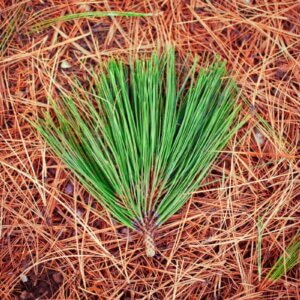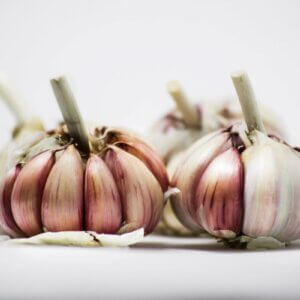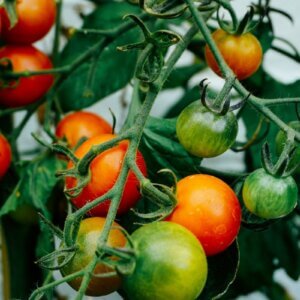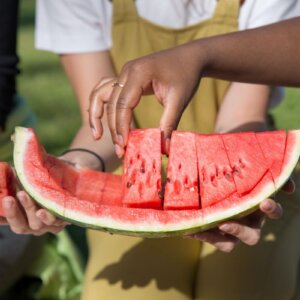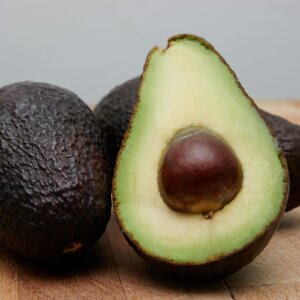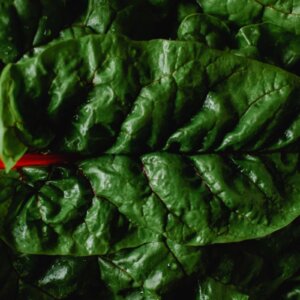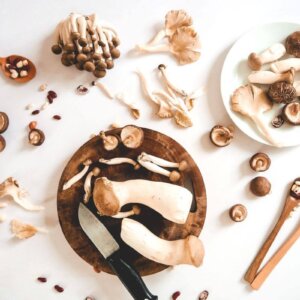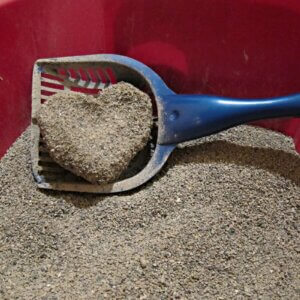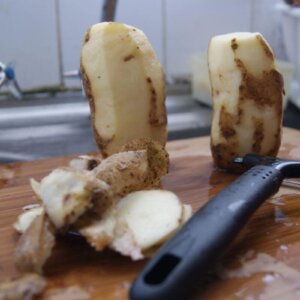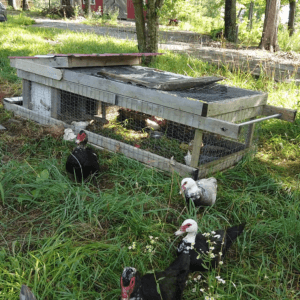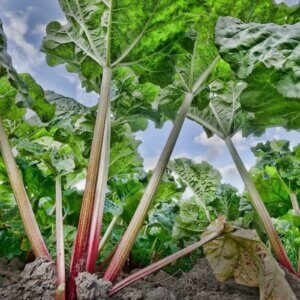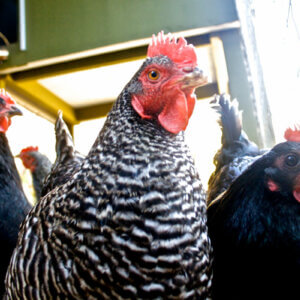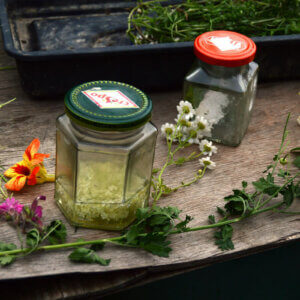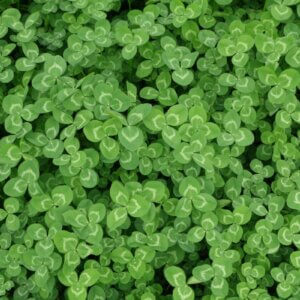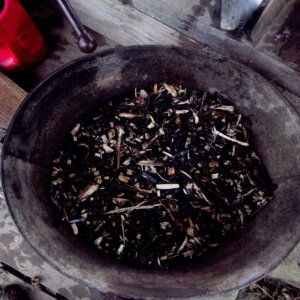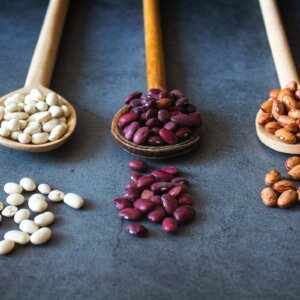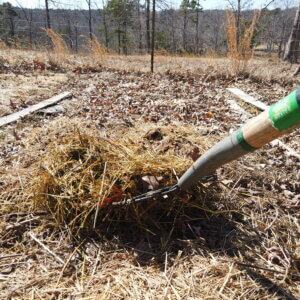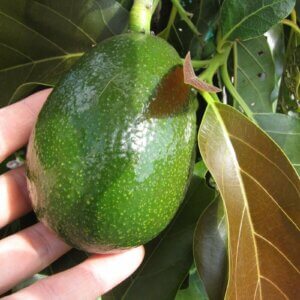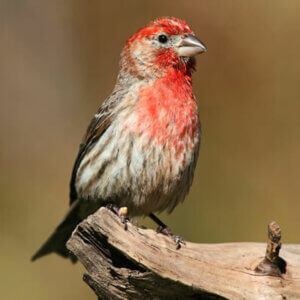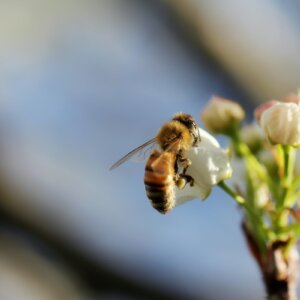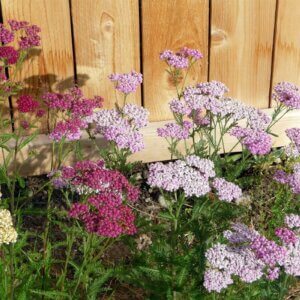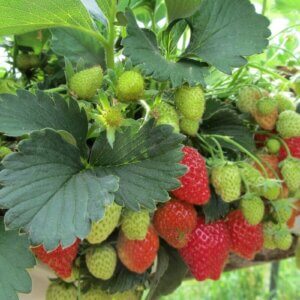Nutritious and versatile, arugula is an excellent leafy vegetable to grow at home. Fresh arugula work well in salads and sandwiches, adding unique flavor and distinct crunch.
Types of Parsley
With plenty of culinary uses, parsley can be a valuable addition to your home garden. Get to know the two primary types of parsley and their unique varieties.
Types of Mustard
Mustard is one of the most nutritious leafy green you can grow at home. Aside from its versatile culinary uses, some mustard varieties can serve as cover crops to your vegetable garden.
Types of Swiss Chard
Swiss chard is a colorful leafy vegetable that can brighten up your garden and meals. Learn different varieties of swiss chard, their unique characteristics and growth needs with this comprehensive guide!
Types of Zucchini
Whether you like them raw or cooked, zucchinis are one of the most versatile crops you can grow a home. Discover different zucchini varieties and their unique traits with this comprehensive guide!
Types of Pumpkins
Multiple uses of pumpkin make it one of the most beneficial crop to plant in your home garden. Get to know these popular pumpkin varieties and their unique characteristics before purchasing your seeds.
Types of Melons
Melons are one of the best refreshing treats you can plant in your home garden. Get to know various types of melons, ranging from the common honeydew to rarer varieties of cantaloupe!
Types of Radishes
Crisp and nutritious, radish is a well-known root crop with varieties suitable for planting in spring, summer, or winter. Before growing your radishes at home, learn the unique characteristics of common radish varieties.
Gardening Resources for Seniors
Gardening is a rewarding hobby that boosts both physical and psychological health among all ages. If you’re a senior searching for relaxation, consider growing your own garden. Reconnecting to nature is one way to relieve the daily stress of modern life. Along the way, you’ll have the opportunity to cultivate relationships with other gardening enthusiasts.
Types of Basil
Commonly used in many Asian and Italian recipes, basil (Ocimum basilicum) is a world-famous herb primarily cultivated for its aromatic leaves. Surprisingly, both its flowers and stems carry flavor that goes well in sauces, stews, and stir-fries. Technically, basil (also known as great basil) has an annual lifecycle. However, you can plant basil at home
Types of Okra
Okra is a Southern staple that primarily thrives in warm regions. However, you can grow this nutritious fruit at home under optimal growing conditions and use it to various culinary applications.
Types of Turnips
Growing your own turnips at home allows you to access varieties of different colors. From yellow to purple turnips, these gorgeous varieties can provide a pop of color to your garden and meals.
Types of Cauliflower
Cauliflower can be grown as a cool-season plant right at your home garden. Each cauliflower variety offers unique traits on color, flavor, growth, texture, and yield.
Types of Watermelon
Watermelon is a refreshing summer treat you can grow at home! From red to yellow watermelons, there’s a variety fir to your garden needs.
Types of Beets
Beets are great all-around root crops you can plant, even in small home gardens. Some beet varieties are cultivated for their crisp leafy greens, while others can be processed into homemade sugar and livestock feed.
Types of Broccoli
If you want a supremely nutritious addition to your home garden, look no further! Broccoli is an outstanding cool season crop with both heirloom and hybrid varieties.
Types of Peas
Peas add crunch and freshness to countless recipes. Growing them in your garden allows you to have fresh stock of this delectable treat, including its rarer varieties.
Types of Spinach
From the popular Bloomsdale variety to lesser known cultivars, get to know the spinach plant before planting them in your garden. These leafy greens are packed with nutrition and boasts versatile culinary uses.
Types of Corn
With an immense number of varieties, corn is one of the most consumed grain in the United States. Don’t get lost in the cornfield as we guide you in this comprehensive read!
Types of Carrots
From salads to stews, carrots have plenty of culinary uses, all of which improves its crisp and sweet flavor. Before growing your own, discover these notable carrot varieties and their special characteristics.
Types of Peppers
From sweet to hot, peppers are one of the most diverse produce in the market. To help you choose the right variety for your garden, get to know the five major species of peppers and their unique characteristics!
Types of Cucumber
Fresh or raw, cucumbers are one of the most refreshing produce you can add to your meals. Growing your own cucumbers will introduce you to many varieties remarkable flavors and textures.
Types of Green Beans
Not all green beans are created equal. With unique traits on flavor, growth, and texture, get to know the different types of green beans you can grow at home.
Types of Garlic
Garlic gives a breath of fresh air to many cuisines around the world, making it a kitchen staple. Its punchy flavors can grow from your home garden, but to do so, discover different garlic varieties and their characteristics.
Types of Onion
Onion is layered produce, full of surprising flavors and textures in its varieties. From the common brown-skinned onions to the rarer pearl-sized types, let’s take a look at this kitchen staple to help you choose the right variety.
Types of Celery
In various cuisines, celery leaves and stalks add aroma, flavor, and texture. Get to know this well-loved vegetable, starting with its three main types and their distinct characteristics.
Types of Cabbage
Cabbage is an annual vegetable crop known for its versatile culinary use. Get to know these dense-leaved heads that come in many varieties — each with distinct features and flavor.
Types of Eggplant
Belonging to the nightshade family, eggplants are versatile summer produce due to their meaty texture and subtle flavors. They are a staple ingredient in various dishes, especially in Indian and Middle Eastern cuisine. Technically speaking, an eggplant is not a vegetable, but a fruit that is botanically categorized as a berry. Eggplants are served as
Types of Kale
Knowing the different types of kale will guide you in choosing the appropriate variety for cooking or growing. Here’s everything you should know about this leafy vegetable, including it’s rare varieties!
Types of Tomatoes
Don’t get lost in the vast world of tomatoes with this comprehensive guide! Discover which varieties are suitable for canning, salads, or sauces. Learn about unique varieties and more to expand your tomato knowledge for home garden or kitchen.
Can I Compost Pasta?
Composting pasta has been linked to major composting issues, making it an unconventional organic material. However, with proper preparation and best pile management practices, you can convert leftover pasta into nutritious compost.
Can I Compost Hair?
Hair have slow decomposition rate, gradually releasing nitrogen into compost. Small amounts of hair will benefit the overall composting process, but an excess of it has its caveats.
Can I Compost Wine Corks?
Some types of wine corks are fine to compost, but other types should never go to your compost. Aside from a nutrient-rich compost, wine enthusiasts can transform natural corks into beautiful art or useful garden mulch.
Can I Compost Seeds?
Whether seeds are suitable for composting is a hot debate! Learn the advantages and disadvantages of including them to your pile, and other useful tricks to prevent unintentional seedling growth and spread.
Can I Compost Pine Needles?
Pine trees commonly produces heaps of pine needles, ready for compost use. However, you need to learn some precautionary measures and other useful tips to effectively transform them into beneficial compost.
Can I Compost Flowers?
Fresh or dried, flowers are more than just their visible beauty. Some flower types can contribute to your compost pile under optimal conditions and correct preparation.
Can I Compost Garlic?
Inclusion of garlic in compost pile is a double-edged sword. Although it boosts the nourishment of your compost, large quantities of garlic scraps can significantly impact your pile, especially its microbial action.
Can I Compost Tomatoes?
Not only are tomatoes beneficial for your health, but they’re also good for your compost. Correct preparation, and optimal compost conditions will yield the best compost quality and prevent potential problems.
Can I Compost Watermelon Rinds?
Popular during summer days, watermelons have chunky rinds that can be used for composting. Learn how to maximize their nutrients for your compost, and avoid common composting issues.
Can I Compost Cardboard?
Instead of sending away your cardboard scraps to landfills, consider turning them into nutrient-rich compost. Learn the advantages and disadvantages of cardboard in compost and explore other sustainable alternatives if a home compost isn’t possible.
Can I Compost Cheese?
Traditionally excluded from piles, cheese can only be transformed into a healthy compost under proper methods. Explore the complex process of composting cheese, including potential issues and the optimal composting conditions needed for its safe transformation.
Can I Compost Citrus?
Composting citrus fruits presents some challenges, especially on your pile’s pH. Learn the correct preparation and best practices when processing your citrus scraps into nutrient-rich compost.
Can I Compost Avocado?
Avocado is a popular fruit, flexible for various dishes. The resulting avocado wastes, however, can be used for composting, instead of contributing to landfill wastes.
Can I Compost Rhubarb Leaves?
Rhubarb leaves are not only useful for cooking, but also for composting. Although tricky to process, rhubarb leaves provide nitrogen essential for producing the best compost quality.
Can I Compost Cooked Food?
Composting cooked food is a tricky challenge, especially for beginners. Learn the pros, cons, and intricacies of processing cooked food safely and efficiently.
Can I Compost Flour?
You can efficiently process flour into nutrient-rich compost, but doing so presents some composting challenges. Learn more about the best practices, potential issues, and alternative disposal options of flour waste.
Can I Compost Mushrooms?
Discover how to compost mushrooms, everything from preparation and composting methods, to potential issues and alternatives. Gain insights about how adding mushrooms to your compost pile can enhance the nutrient content and help improve your garden soil.
Can I Compost Cat Litter?
Learn how to compost cat litter efficiently and responsibly, considering factors like the types of cat litter suitable for composting, potential health hazards, and the right composting conditions. Gain insights into various eco-friendly, compostable cat litter options and how their integration impacts the composting process.
Can I Compost Potatoes?
Discover how to compost potatoes correctly and the benefits they can bring to your compost pile in this comprehensive guide. Learn how to prepare potatoes for composting, how they affect the compost process, and how to tackle potential issues such as regrowth and blight spread.
Can I Compost Ashes?
Discover the potential of composting ashes in this comprehensive guide, learn what types of ashes are beneficial for composting, criteria for their inclusion, and how they affect composting conditions. Also, explore guidelines for ash composting processes and a discussion on numerous alternatives for unused ashes, preventing waste and promoting sustainability.










